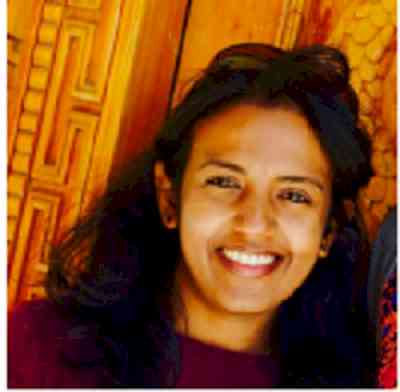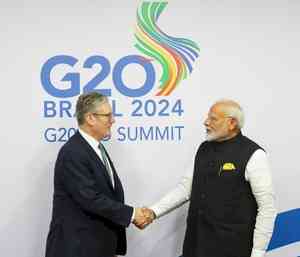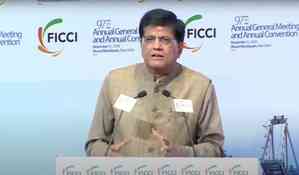UNICEF’s Immunization gap- warning a red flag
Need for tech based, real time monitoring of Immunization data

by Dr. Nadeera Nilupamali, Director, ImmunifyMe
The current COVID-19 outbreak has shifted our focus on one thing, how to prevent ourselves from the disease, but we are ignoring the fact that there are many other infectious diseases waiting to seize the right opportunity to come back.
Many countries are under lockdown for almost 2- 3 months and as a result of that primary health care services are disrupted. Interruption of immunization services poses a major risk for secondary outbreaks of vaccine preventable diseases (VPD). This spotlight on vaccines highlights the seriousness of routine immunization systems and calls to question the preparedness of health systems around the world.
This is not the first pandemic we are facing, many countries or regions have faced pandemics and they have battled against them and have their fair share of experience and learnings gathered till date. Organizations such as Gavi (global vaccine alliance), WHO and UNICEF etc. have many lessons learned from previous pandemics and these learnings will help to strengthen health systems and routine immunization. How we can adapt, approaches to maintain routine immunization, during the COVID-19 pandemic and identify the necessary commitments from country partners to achieve equitable access to vaccines against both known and novel pathogens will help us to overcome the coming threats.
According to a study done by Dr Timothy Roberton and colleagues on “Early estimates of the indirect effects of the COVID-19 pandemic on maternal and child mortality in low-income and middle-income countries” they have predicted that an additional 1.2 million under-five children will die in just six months, due to current decrease in routine health service coverage levels, and an increase in child wasting. They also predict coverage reductions of 9·8–18·5% and wasting increase of 10% will results in 2.5 million additional child deaths and 12 200 additional maternal deaths over the next six months. Looking at these numbers it’s very clear we need to take prompt action in every country and leverage the collective expertise of partners and the technologies currently available.
How technology can help to overcome the burden?
It is very important to have a robust, large-scale and innovation-based global response to sustain and increase the current immunization, as hard fought gains on vaccine coverage are at risk. Not a single country in the world can face two outbreaks at the same time while the healthcare system is under attack by COVID-19.
Technology driven solutions that can provide accurate and verifiable data on immunization, as well as aggregating data that can easily inter-operate with other existing systems will help to identify the problem areas. This will help organisations to independently identify beneficiaries, take timely interventions in this outbreak situation.
Introduction of cutting edge technologies and reaching more children with life-saving vaccines is the need of the hour. For example, some countries are trying to implement digital innovations such as introducing digital vaccination record keeping, which is going to track the children real time, efficient vaccine cold chain monitoring from production to the clinics to make sure the efficacy of the vaccines and also delivering vaccines to the unreachable areas using drones.
Moreover, improving vaccination monitoring and surveillance systems to ensure up-to-date data is critical to close the existing immunization gap as well as fighting post COVID-19 vaccine fallouts. Streamlining the analytics of vaccination monitoring, record keeping and outreach will help to save many lives. It is also the time for the policy makers to overlook the existing policies and take timely actions to bridge the immunization gap and make provisions to improve and accommodate newer technologies and utilize them for the benefit of every child in the country.
Making sure every child is immunized in order to avoid the fallouts from disruption to the routine immunization program is a must, if not it is going to be catastrophic in the long run. Let’s take proactive measures to maintain routine immunization services as much as possible, and prepare to scale-up in the immediate post-COVID period to make sure no child is left unattended.


 cityairnews
cityairnews 











